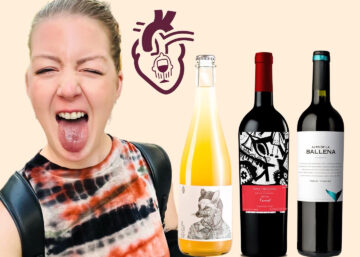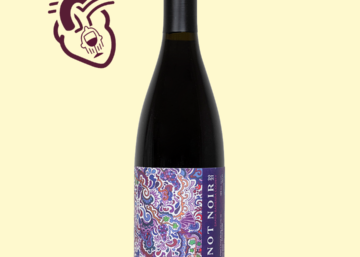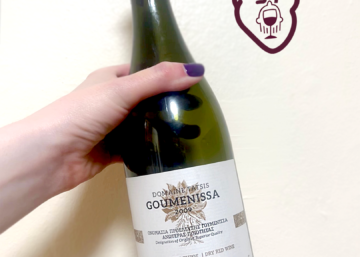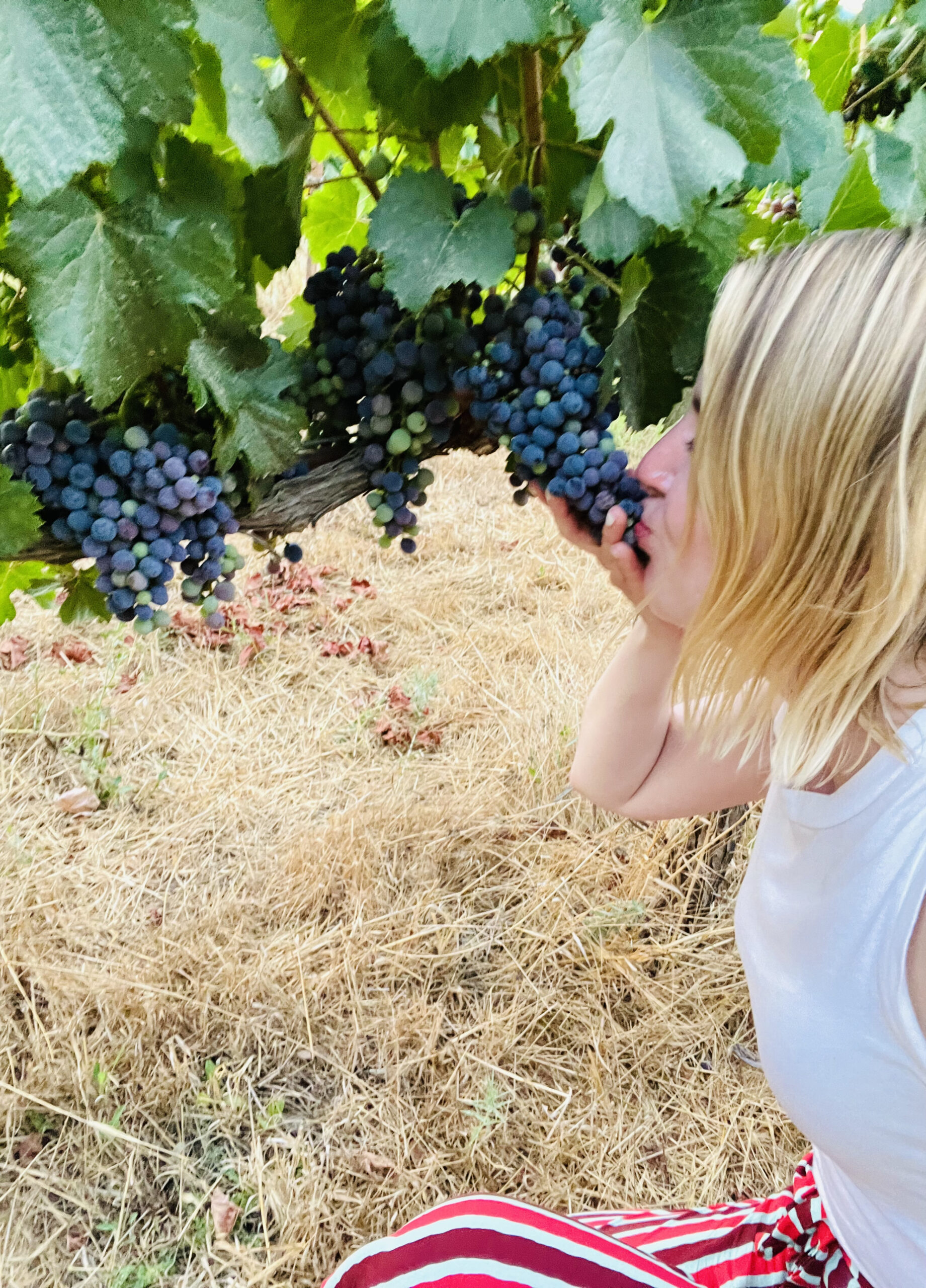Château Cabrières Châteauneuf du Pape 1988.

A year younger than me and a wine I absolutely love to pronounce. It was a very special gift from one of the best, a bottle I never imagined I would be drinking at this particular “special” moment. But when you know you’re going to be with your childhood best friend who also loves a good wine, who also lost her father suddenly and way too young, you pack it in your bag and head home.
This wine’s journey: France –> US –> Chile –> US
A wine from 1988 is stretching it. I mean, a French beauty can really last, but storage conditions are key. Red ‘du Pape wines usually only make it to 15-25 years old, while best at around 8-12 years old. Who knows what this one had been through, and though it was drinkable, it was definitely past its prime. Sadness.
A clear, garnet color of medium intensity. The nose was quite special, with a medium (+) intensity and full of aromas such as pepper, cherry, sweet spices and nuts. Unofficially there was some major Dr. Pepper going on in the glass with hints of nail polish remover, which speaks to my conclusion of it being past its best. The mouth was dry, with a medium (-) intensity, high alcohol, medium tannins, a medium (-) body and a silky texture. For some reason, I did not note the acidity. It was musky with notes of cassis, cedar and a touch of balsamic vinegar. The finish was short lived. Because of its age, I vote it was an acceptable wine, too old, but with a pretty impressive nose considering a little bit of fruit could still be detected.
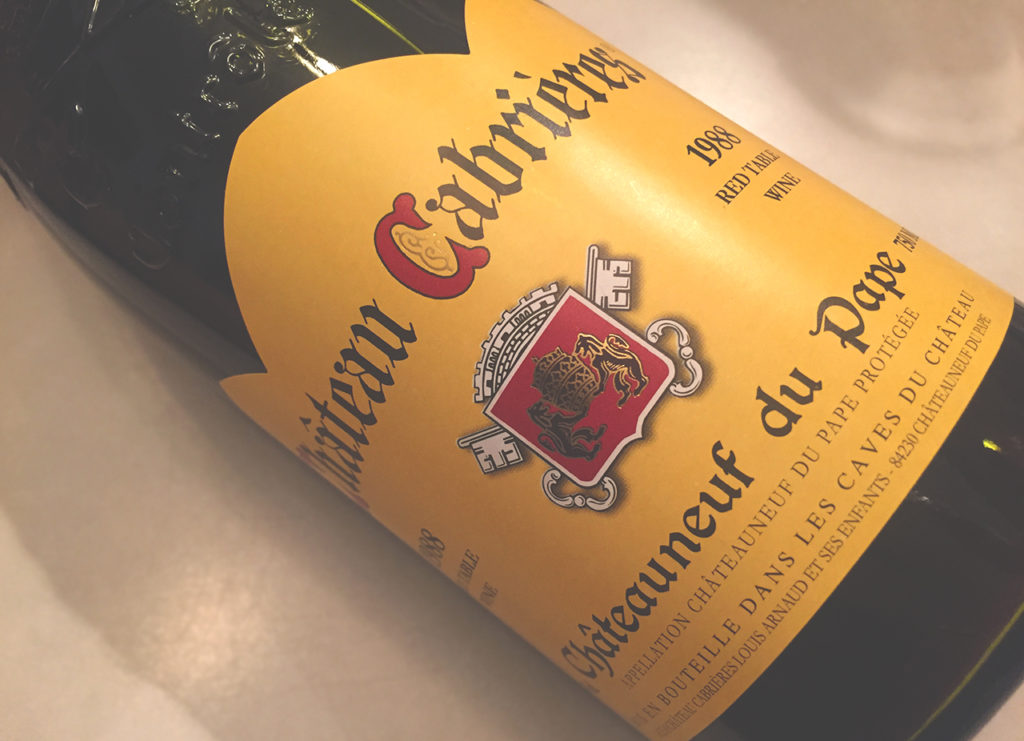
So let’s talk about this region in France’s Southern Rhône Valley, because unless you’ve studied how it all breaks down, it can be confusing. Starting with the basics: France is part of the Old World wine producers (basically Europe), which label by region and not by grape variety like the New World guys (basically anyone outside of Europe). So a red Châteauneuf du Pape tells me that Grenache, Syrah and Mourvèdre grapes are probably key players in the blend. In my wine’s case, it is so, with a small percentage of Cinsault as well, which I only know because I looked it up, not because I have a super palate that can detect every grape in a mix. The region is allowed to use 15 different varieties…
Highly influential wine critic Robert Parker calls these wines both “intellectual and hedonistic in nature,” which I translate to being interestingly complex and self-indulgent. He also says, “Its wide array of aromas and flavors are reminiscent of a Provençal marketplace while its texture—rich and round, sumptuous and opulent—is virtually unmatched by most of the wines of the world.” I really like that description. I’ve had the pleasure of trying several Châteauneuf du Pape reds in my day, and it is true that while flavors and aromas can vary, the richness and overall appeal is universal.
